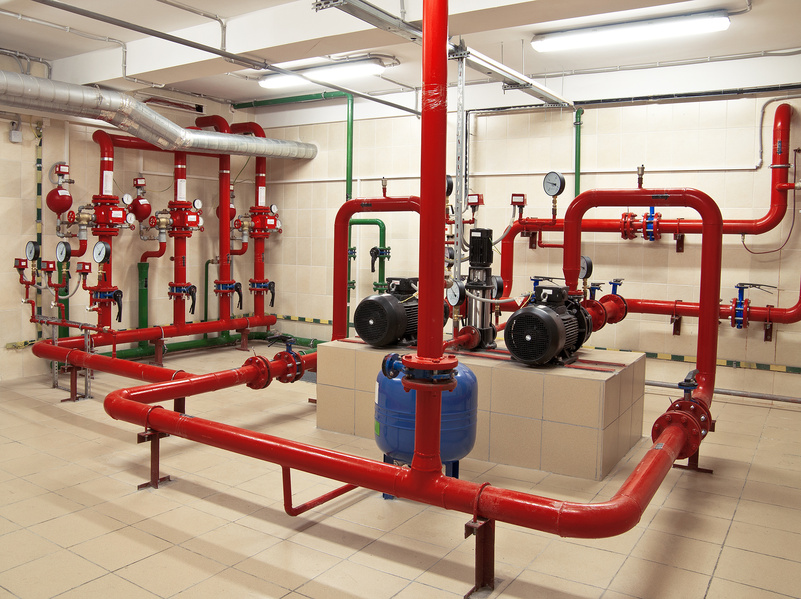
Perhaps you are someone who hates crowds. There might be dozens of reasons why you hate them, and among those reasons is, quite possibly, your fear of being caught in a crowd in a public building while it is on fire. Most of us have seen some sort of images of a building on fire, whether it be on the news, or in a movie. Either way, it never looks like an inviting place to be. We obviously fear to die in the engulfed structure, but what we fear before that is that we will be trapped inside with no way to douse the flames and no way to see an exit. In the movies, the story is what it is, but in real life, it’s the professionals who conduct the fire alarm inspections that give us the confidence to walk into public buildings in the first place.
Just over a century ago, America pioneered the high-rise buildings in cities like New York and Chicago. On the island of Manhattan, specifically, the only direction to go was up, and so that is what we did. We took the buildings to the sky. Unfortunately, in doing so, we created a situation that had not existed in this way before. In the event of a fire in the building, large numbers of people had to be evacuated through fewer and fewer locations. In a high-rise, hopping out the window is often not the most promising option. This gave designers a new challenge: to design fire sprinkler systems and fire protection services to douse and contain flames should they pop up on any floor in the building.
Of all of the high-rise fires today, half of them are accounted for by four types of properties: apartments, hospitals, offices, and hotels. Each one of these classes of buildings is typically full of people at any given time of day. Fire protection systems that are functioning properly is paramount when it comes to the safety of those inside. Fire alarm inspections that are performed on a regular basis keep everyone abreast of the escape routes and alternative routes should the first one be blocked by debris.
The first line of defense in a high-rise is not the escape route, however. It is the sprinkler system. A quick response sprinkler system can release anywhere from eight to 24 gallons of water per minute. This is no fire hose, which can release 80 to 125 gallons of water per minute, but it certainly helps. Fire alarm inspections that include a check on the sprinkler system’s readiness will keep a high-rise much more prepared in the event of a fire on any floor. When the alarms work and the sprinkler system is functioning properly, lives can be saved. In fact, it is the combination of early warning alarms and effective sprinklers that reduce injuries, loss of life, and overall property damage by up to 50% on high-rise buildings.